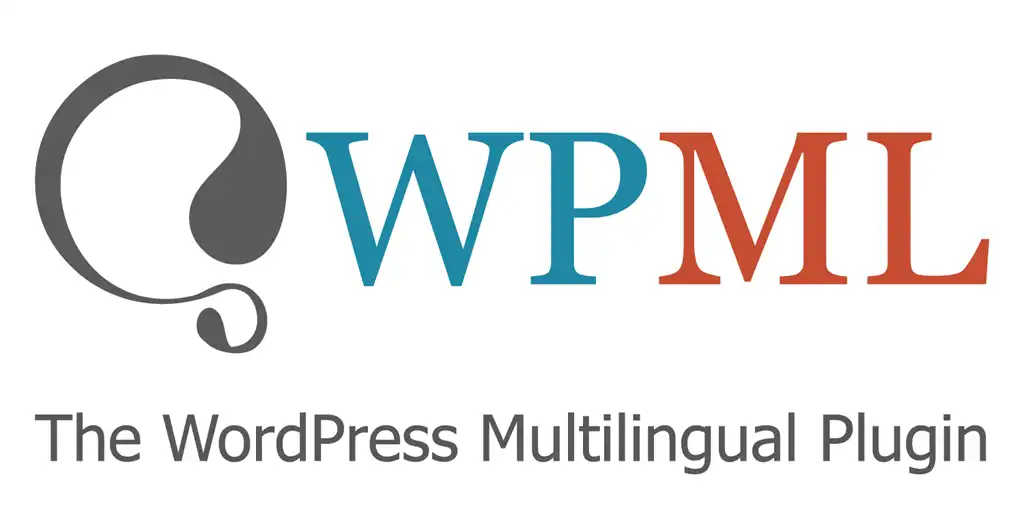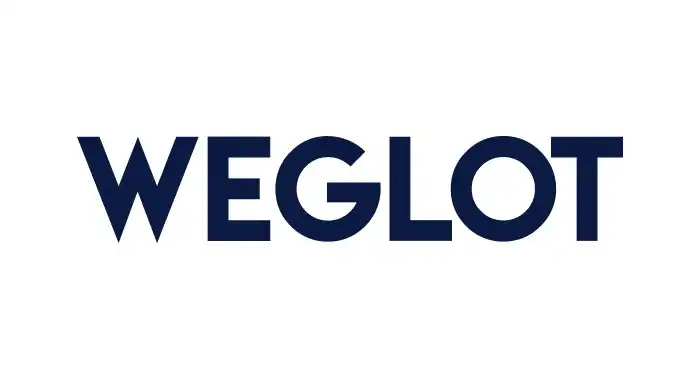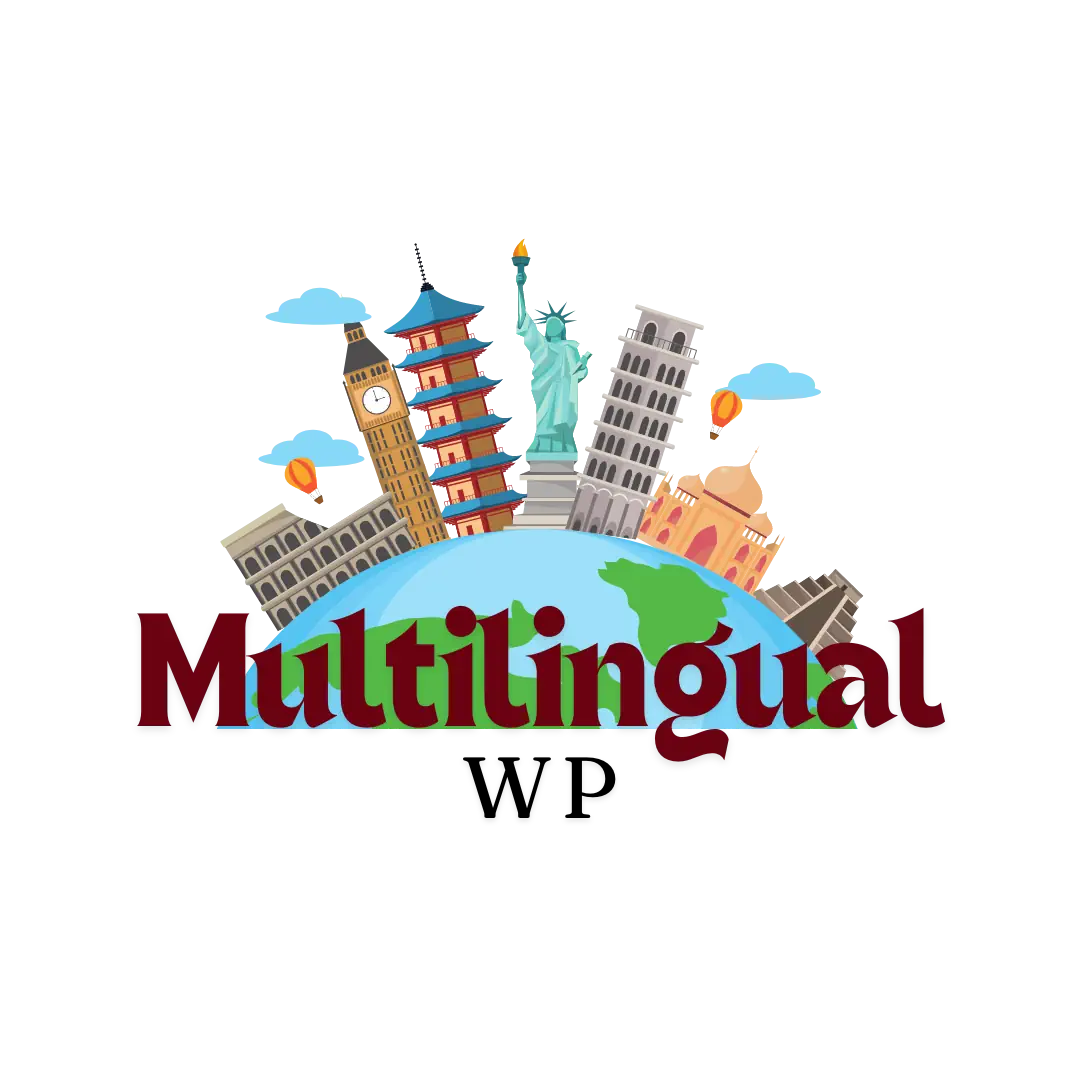Creating a website that serves audiences from different linguistic and cultural backgrounds requires more than just translating content—it demands an efficient strategy to signal language versions and regional targeting. Hreflang tags help search engines understand which version of a web page is best suited for a user’s language and location. In this post, we discuss three powerful WordPress plugins—WPML, Weglot, and TranslatePress—that simplify the implementation of hreflang tags and optimize your international SEO efforts.
WPML – Automatically Add HREFLANG Tags in WordPress Website

WPML is one of the most popular WordPress plugins for creating a multilingual site. It not only allows you to translate your website but also helps search engines understand your language versions through proper hreflang implementation. With WPML, you can add hreflang tags correctly to each version of the page, ensuring that search engines like Google Search Console recognize the alternative versions.
Key Features:
- Multilingual Management: Easily translate your website’s language content and manage multiple versions of each page.
- Hreflang Manager: The plugin adds hreflang tags automatically, which helps search engines understand the correct language and regional targeting.
- Compatibility: Works well with plugins like Yoast SEO and supports the integration of canonical tags and an XML sitemap for better SEO connections.
Benefits:
- Improved international SEO by ensuring search engines understand your website’s language versions.
- A user-friendly post editor and dashboard that makes managing hreflang data straightforward.
- Reliable support for proper ISO language codes (such as iso 3166-1 alpha-2) to meet best practices.
Ready to streamline your multilingual site?
Explore WPML now and enhance your site’s language connections!
Weglot

Weglot is a robust solution that offers a simple way to translate your website and manage hreflang in WordPress. It provides a seamless integration with your WordPress dashboard, ensuring that each alternative version of a web page is properly tagged.
Highlights:
- Automatic Translation: Weglot translates your website into multiple languages and automatically adds hreflang tags to your website’s HTML code.
- User-Friendly Interface: Its dashboard allows you to import hreflang data and refactor your website multilingual setup without manual coding.
- SEO-Focused: By integrating correctly implemented hreflang tags with your XML sitemap, Weglot helps search engines understand the connections between different language versions.
Advantages:
- Quick setup without lengthy manual configuration.
- Optimizes loading times while delivering the correct language versions to users.
- Regular updates ensure compatibility with the latest versions of WordPress and search engine optimization standards.
Start reaching international audiences effectively:
Register for Weglot today and take your multilingual site to the next level!
TranslatePress

TranslatePress offers an intuitive approach to translate your website and add hreflang tags seamlessly. This WordPress plugin provides a visual translation interface and makes the implementation of hreflang tags as simple as point-and-click.
Features:
- Live Translation: Translate your website’s content directly from the front-end, ensuring that each version of your website is implemented correctly.
- SEO Integration: Automatically adds hreflang meta information and canonical tags to help search engines understand which version of a web page to display.
- Flexible Configuration: Easily set up language codes and configure the alternative version of your website for each language used.
Benefits:
- Enhanced control over the website’s language versions with an intuitive meta box in the post editor.
- Reduces the risk of hreflang tags being implemented incorrectly.
- Works well alongside other plugins available on wordpress.org, ensuring a smooth integration within your existing SEO setup.
Boost your international SEO and manage connections between language versions:
Discover TranslatePress now and start translating your website effortlessly!
What are hreflang Tags and Why Are They Important?
Hreflang tags are snippets of HTML code that indicate to search engines the language and geographic targeting of a page. This small detail can significantly impact the website’s visibility in different regions.
Understanding the hreflang Attribute
- Definition: Hreflang is an attribute used in HTML to signal the language of a web page and its regional variant.
- Syntax: Typically implemented in the
<head>section, the tag includes language codes (e.g., en, fr) and optionally country codes (e.g., en-US, en-GB). - Example: htmlCopyEdit
<link rel="alternate" hreflang="en-us" href="https://www.example.com/en-us/" />
How hreflang Tags Help with SEO
- Prevent Duplicate Content Issues: They specify which version of a page is intended for which audience.
- Guide Search Engines: They help search engines serve the correct version of a page, enhancing the website’s SEO.
- Improve User Experience: Users land on the version of the site that is most relevant to them, reducing bounce rates.
Best Practices for Using hreflang Tags
- Consistency: Ensure the tags in WordPress are consistent with the URL structure and canonical tags.
- Limit: Google supports a maximum of 100 alternate versions per page.
- Validation: Use tools such as the Google Search Console to check your hreflang meta and ensure the tags are implemented correctly.
How to Add Hreflang Tags to Your WordPress Site?
Implementing hreflang tags on a WordPress website can be approached in multiple ways—from using a dedicated plugin to manually adding the HTML code.
Using a Plugin for hreflang Implementation
- Automated Process: Plugins like WPML, Weglot, and TranslatePress automatically import and export hreflang data.
- Dashboard Integration: Manage your language codes and alternative versions directly from your WordPress dashboard.
- Error Reduction: Using a plugin minimizes common mistakes and ensures tags are added correctly.
Manual hreflang Tag Implementation in HTML
- Direct Insertion: You can add the hreflang tags directly in your theme’s header file.
- Custom Code: This approach requires a good understanding of HTML code and WordPress theme structure.
- Flexibility: Provides full control over the tags to match your website’s unique structure.
Common Mistakes When Adding hreflang Tags
- Mismatched URLs: Ensure that every hreflang tag corresponds to the correct version of the page.
- Incorrect Language Codes: Verify that you are using ISO-standard language codes (e.g., iso 3166-1 alpha-2).
- Redundancy: Avoid adding duplicate tags, as this can confuse search engines and hurt your SEO.
What is the Best Hreflang Plugin for WordPress?
Choosing the best hreflang plugin involves understanding your website’s multilingual needs and how each plugin integrates with your existing setup.
Comparing Popular Hreflang Plugins
- WPML: Best for robust multilingual management with extensive customization options.
- Weglot: Ideal for those seeking an automated solution with minimal setup.
- TranslatePress: Perfect for users who want a visual translation interface combined with effective hreflang tag management.
Features of the Hreflang Manager Plugin
- Simplified Setup: Import hreflang data easily and manage it within the WordPress plugin.
- User-Friendly Interface: Provides a meta box in the post editor for managing language versions.
- Customization: Allows you to move the hreflang tags as needed without manually editing the HTML code.
How to Choose the Right Hreflang Plugin for Your Multilingual Website
Consider these factors:
- Ease of Use: Look for a plugin that integrates seamlessly with your WordPress dashboard.
- Compatibility: Ensure it works with other SEO plugins like Yoast and supports your website’s XML sitemap.
- Performance: Choose a plugin that does not adversely affect loading times and overall website performance.
How to Implement Hreflang Tags for Multilingual Content?
Proper implementation of hreflang tags ensures that each language version of your website is accurately represented.
Using Polylang for hreflang Tag Management
- Flexible Translation: Polylang allows you to create a multilingual site by providing tools to add and manage hreflang tags.
- Integration: Works well with your existing SEO strategies, including canonical tags and an XML sitemap.
Configuring Hreflang Tags Lite for Your WordPress Site
- Lightweight Plugin: Perfect for users looking for a simple, no-frills approach to implementing hreflang tags.
- Easy Configuration: Use the plugin’s dashboard to enter the correct language codes and URLs.
- Automation: Minimizes manual errors and ensures consistent use of hreflang meta information.
Ensuring Proper Hreflang Implementation for Different Languages
- Verification: Regularly check your hreflang data using tools like Google Search Console.
- Consistency: Ensure that each version of a page is correctly linked with its alternative version.
- Maintenance: Update hreflang tags whenever you add or remove language content from your website.
How Do Hreflang Tags Affect International SEO?
Hreflang tags play a crucial role in ensuring your international SEO strategy is on point.
Impact of Hreflang on Search Engine Results
- Enhanced Visibility: Correct hreflang implementation helps search engines understand the language of a web page, ensuring the right version appears in search results.
- Better User Engagement: Users are more likely to engage with a website that displays content in their correct language.
- Reduced Bounce Rates: When users land on the appropriate version, their experience improves, leading to lower bounce rates.
Strategies for Optimizing International SEO with Hreflang
- Integrate with Canonical Tags: Combine hreflang tags with canonical tags to manage duplicate content issues.
- Monitor Performance: Use analytics and the google search console to track the performance of different language versions.
- Regular Audits: Perform routine checks to ensure that all versions of your website have the correct hreflang tags.
Monitoring the Effectiveness of Your Hreflang Tags
- Use Online Tools: There are several tools available to verify that your hreflang tags are implemented correctly.
- Track Changes: Monitor loading times and changes in search engine rankings as you update your language content.
- Adjust Accordingly: Based on the insights, refactor your implementation to resolve any issues.
What Are Common Hreflang Tag Errors and How to Fix Them?
Even with automated plugins, hreflang implementation can encounter issues. Identifying and resolving these errors is key to maintaining strong international SEO.
Identifying Hreflang Implementation Issues
- Mismatched URLs: Ensure that the URL in each hreflang tag exactly matches the version of the page.
- Incorrect Language Codes: Double-check that you’re using the correct ISO language codes.
- Overlapping Tags: Avoid duplicate tags that can confuse search engines about which version of a page to display.
Tools to Check Hreflang Tag Errors
- Google Search Console: A valuable resource for identifying issues with hreflang tags.
- Third-Party Validators: Use online tools that can scan your website’s HTML code to ensure all tags in WordPress are implemented correctly.
- Browser Extensions: Some extensions can help view and debug hreflang meta information on the fly.
Best Practices for Troubleshooting Hreflang Tags
- Regular Audits: Schedule periodic reviews of your hreflang data and XML sitemap.
- Documentation: Keep track of any changes or refactoring done to the hreflang manager settings.
- Community Support: Engage with support forums on wordpress.org to learn about common pitfalls and solutions.
By carefully selecting and configuring a robust WordPress plugin for hreflang tags—whether it’s WPML, Weglot, or TranslatePress—you can help search engines understand your website’s alternative versions and deliver the correct language of a web page to international audiences. This not only improves search engine optimization but also enhances user experience by ensuring the correct language and region-specific content is served.
Remember, proper implementation of hreflang tags is a continuous process that requires monitoring, regular updates, and occasional troubleshooting. Armed with the right plugin and best practices, your multilingual site can thrive on the international stage.
